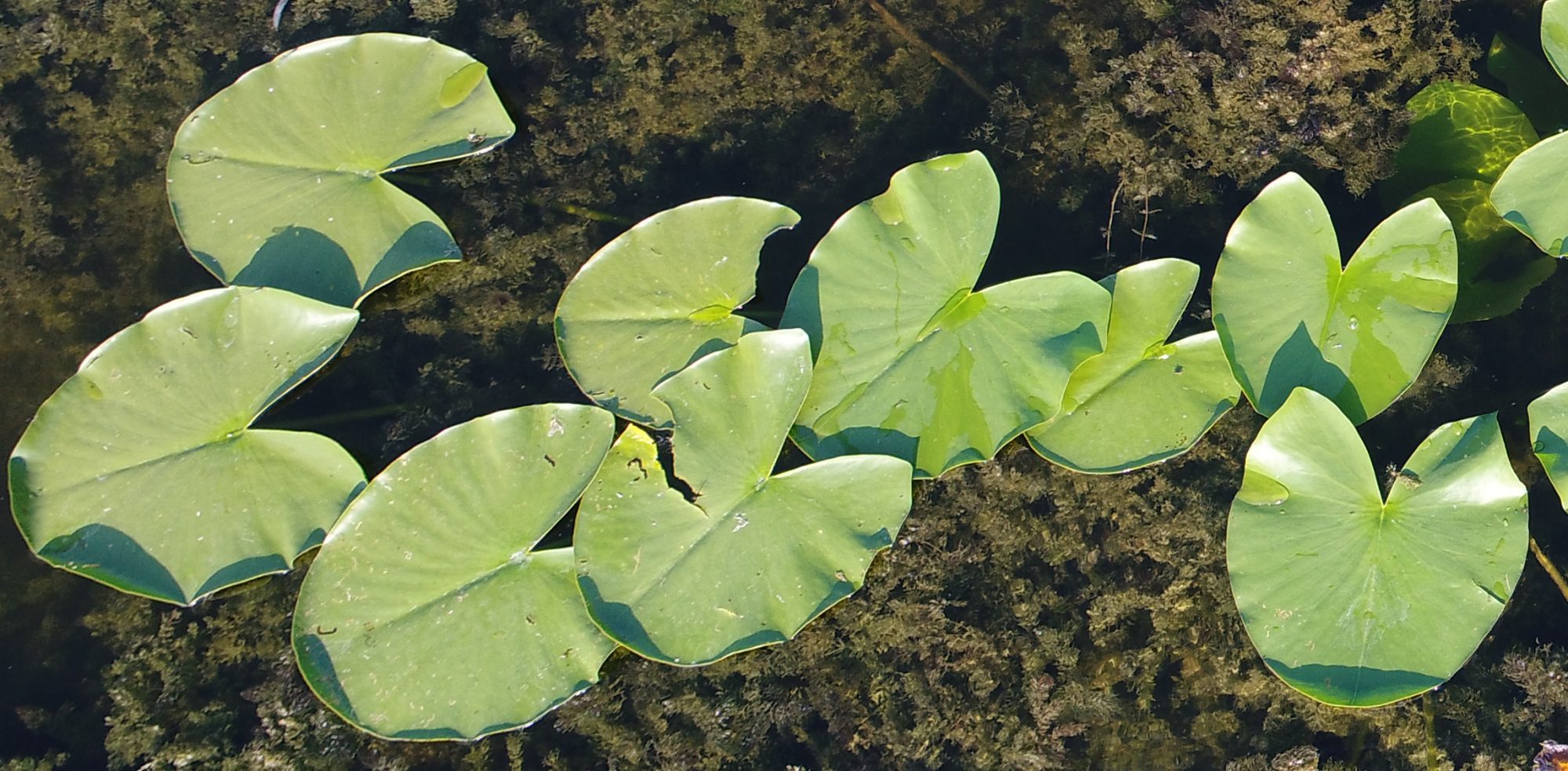Scurtă istorie a vilelor de la Snagov
189x – 190x > Cantonul pădurarului din Parcul Snagov …
191x > În Dobroșești (Snagov sat – după 1939?) și în Siliștea Snagovului – apar primele “camere” de închiriat …
1921? > Prima vilă riverană = Club! (locație riverană amenajată) a fost făcută de Astra Română > Clubul sportiv … vila 87 …
… apar 2-3 foarte mici case de vacanta, cu “poteca” (ieșire) la lac (în Dobroșești = viitorul Snagov sat)
1922-1928 > scriitori (renumiți): Mihail Sadoveanu, Ioan Brătescu Voinești, Panait Istrati dar și alte persoane importante, descopera Snagovul și îl recomandă și promovează prin articole, diferite scrieri, povestiri și organizări de partide pescuit și ieșiri în natura. Cu gâzduire la localnici (cel mai renumit era Nicolae Pescarul – statorestele pescarilor de pe lacul Snagov).
1927-1931 > Palatul Snagov (al printului Nicolae)
1931-1933 > amenajare Parc Snagov si Plaja Snagov
.. Dem Dobrescu (primar al Bucurestiului) si alti 4-6 oameni bogati, incep contruirea unor vile in zona malurilor (care raman salbatice, nemodificate)
…1939 > ≈ 39 de vile (inclusiv case de vacanta), au terenuri riverane lacului Snagov. Dar sub 10 amenajeaza partial un fel de iesire la lacul Snagov
* Aceste vile sunt construite in general de cei mai bogati oameni de afaceri din Romania, care (in marea majoritate) sunt si prieteni cu Regele Carol II (deci parte din camarila regelui) si par sa fie si evrei ..
** Octav Doicescu (architect)
1941 > Ion Antonescu lucreaza de la Palatul Snagov …
26 iunie 1940 – 22 iunie 1941 > Romania se aliaza cu Germania. Marii afaceristi evrei isi lichideaza afacerile si parasesc Romania (si deci si casele, vilele – atat din Bucuresti cat si de la Snagov)
Generalii germani se cazeaza in cele mai bune vile “disponibile” (“eliberate”) din Bucuresti si astfel afla rapid si de cele de “vacanta” (asociate) de la Snagov, pe care le viziteaza si incep sa le utilizeze.
Ambasadorul Germaniei Manfred von Killinger alege si stat la vila “Adesgo” (1926 – germanul Arthur Drechsler) din Snagov sat.
1942 > Regele Mihai sta la “Chalett”-ul din Padurea Fundul Sacului si se plimba pe lacul Snagov cu noua sa salupa – Riva ?x
1942 > la o locatie riverana (?) se aduce nisip si se amenajeaza o plaja “ca la mare” …
1944.08.23 > vin trupele rusești (dinspre Ploiești) .. Generalii ruși se mută (și) în vilele în care au stat generalii nemți (și unde, anterior au stat evreii bogați din camarila lui Carol II)
1947-1951 > conducatorii de partid rusi si pro rusi, se muta in vilele frumoase pe care tocmai le ocupasera generalii rusi … (divizia Tudor Vladimirescu) impun Ana Pauker, Vasile Luca, Teohari Georgescu …
1951-1965 > Georghe Gheorghiu Dej reuseste sa inlocuiasca principalii “consilieri” rusi si in vilele din Romania (si mai ales in Bucuresti si Snagov), in locul “anterioarei” serii, intra noua “generatie” …
… se parcurg 4-5 moduri (principale) de administrare a vilelor existente, dar si noi etape de construire … Utilizatorii vilelor se schimba succesiv de la sindicalisti (stahanovisti) la sefii ierarhici .. (similar “ajustarilor” din Ferma Animalelor) …
1952-1953: calea ferata > Complex Astoria / Vila Muntenia / bazele de sporturi nautice + turnurile de observare + malul taiat cu tribune, evenimente mediatizate si incurajarea nationala a participarii “oamenilor muncii”, a tineretului …
1955-1962 >
1963-1965 >
1965 > 1969 > Nicolae Ceausescu inlocuieste cu echipa sa, echipa lui Gheorghiu Dej (si deci preia si vilele .. de la Snagov)
1970-1972>
1972-1979>
1980-1982>
1982-1989>
1989 > .. (conform “traditiei”) ar trebui ca vilele de la Snagov (ocupate de nomenclatura si ajunse la peste 100) sa ajunga la urmatorea “elita” … [Dar nu se mai stie exact – in mod public – caci vanzarile si noii proprietari, s-au facut netransparent si in general ilegal si detinatorii le poseda via off-shore-uri, respectiv dupa mai multe cicluri “suveica” (adica revanzari repetate prin offshore-uri, cu rol de “spalare” a “problemelor” asociate).
+++
Villa Muntenia was built in 1953 under Russian supervision, in a period in which on lake Snagov shore were built Complexul Astoria , Villa Rustica together with other luxury villas.
The Russian-Communist leaders such as Ana Pauker, Emil Bodnăraș etc. needed to justify somehow why they have occupied the very nice villas (approx. 39) built between 1931-1939 (mainly) by Jewish businessmen (friends ‘Camarilla regală’ of (Carol II of Romania.).
The official story was that “Snagov is a renowned and important resort where the most deserving workers, members of unions deserve to rest”. So, new, modern villas will be built and will be modified the old villas – nationalized – of the capitalist exploiters
In few years, total number of villas on the edge of lake Snagov arise to about 70 vilas.
In fact, up to a total of approx. 165 villas were built on the shore of lake Snagov in the Romanian communist period [1944-1989] in the style of Socialist realism in Romania with the help of few architects like famous Cezar Lăzărescu.
The official and initial usage of all these villas was for short vacations, mainly for cohorts of trade unionists families – called ‘stahanovists’ (Russian workers who exceeded working norms several times – see Stakhanovite movement).
But in time, communist leaders, successively reconsidered the most important social categories to be rewarded by the system: the initial ‘stahanovists’ where soon replaced with their’s direct managers, then after few years, replaced with directors, then with factory managers and in the early of 1980s – with Romanian Nomenklatura from top of ministries.
For more than half a century, Villa Muntenia had a major role among approx. 165 communist administrated villas on the shore of lake Snagov. It was the main supplier of food and beverages for all those who came at Snagov for rest and fun: union workers, communist workers from the elite, tourists, athletes, members of the communist nomenclature, official tables, parties and even several nationally relevant festivals.
So location ended by being renowned for the best prepared food – both for sports events and festivals as well as for the most important official receptions and events (international level – heads of state). It’s most popular dishes: 3-colors ice cream, fish dishes, cold and hot platters.
The staff used was most verified, trusted and good from professional point – from Romania.
So, during communist period (for nearly 40 years) – here in Snagov, due to villas and presence of highest in rank communist and theirs official receptions, was supplied the highest quality of food and best possible services.
Villa Muntenia was also the starting and arrival official line of many national and ”’international competitions”’ for rowing and other nautical sports.
Villa Muntenia was an interesting exception (one of extremely few ones places in whole communist Romania), because here was possible to buy ”’foreign cigarettes and drinks”’. And existed a ”’gambling”’ (mechanical) hall. Such goods and “activities” – being forbidden / prohibited in the rest of country.
The most important decision-makers from communist period, gathered informally here. And in a period when luxury and opulence was not allowed, in seemingly modest but very clean clothes made from best materials, at ”Villa Muntenia” they consumed the best prepared dishes of the best products – raised in special farms of the Romanian Communist Party.

